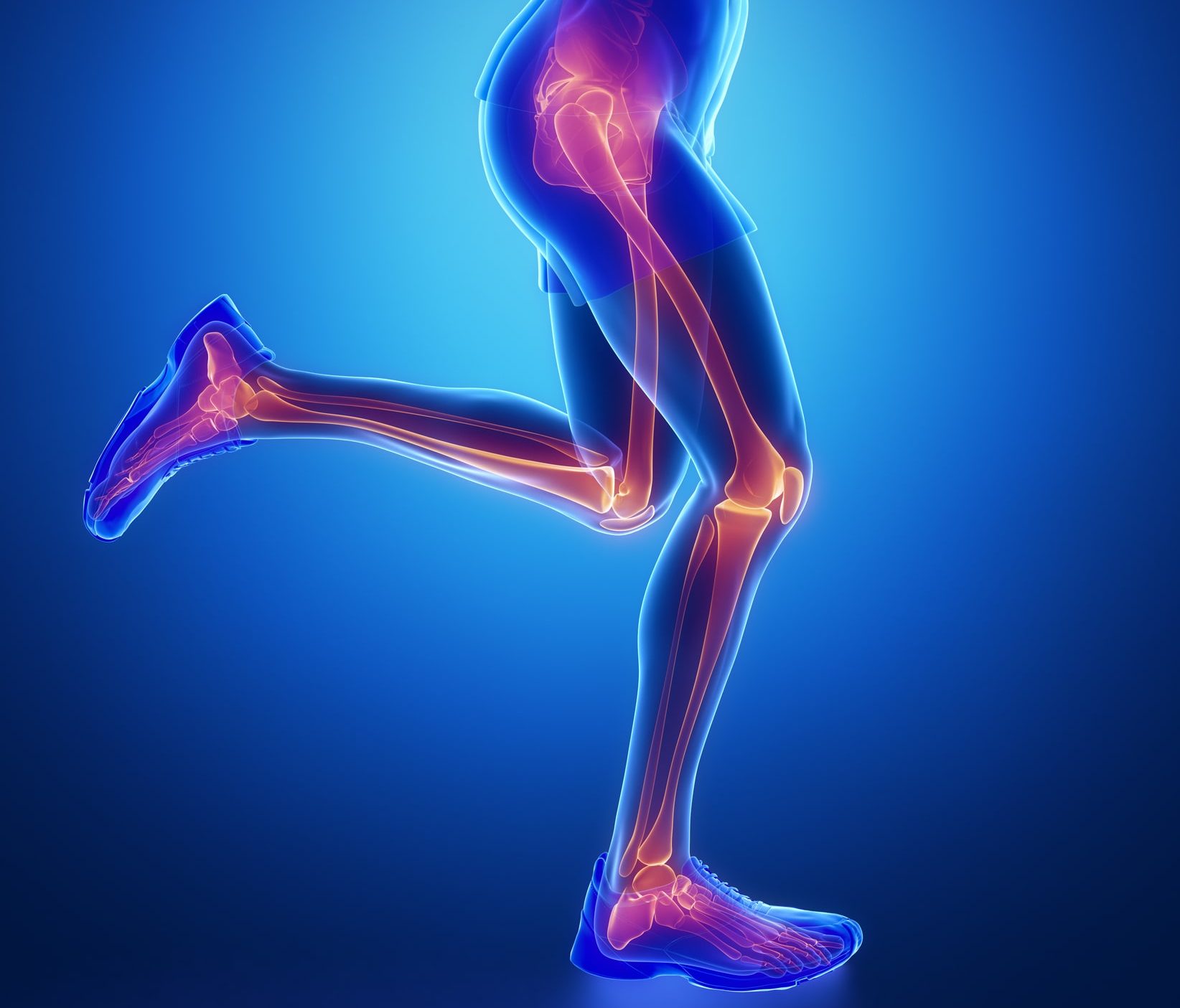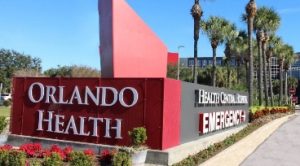Although veins and arteries are both part of the circulatory system, they work in very different ways from each other. Blood is pushed throughout the arteries of the body by pressure created from the pumping of the heart. Veins, unlike arteries, carry blood against the force of gravity. They rely on leg muscle contraction and one-way valves inside the veins to carry blood back toward the heart. If the valves in veins fail, gravity keeps blood from flowing back to the heart efficiently. This produces a back-up, or congestion of blood. As a result, pressure builds up and the diseased veins become enlarged, eventually bulging to the skin’s surface. The same disease process can affect veins of any size; however, when larger veins fail, they are typically called varicose veins. When smaller veins are affected, they are typically called spider veins.
Pain in the legs is frequently related to abnormal leg veins. Severe varicose veins can compromise the nutrition of the skin and lead to dermatitis or a rash, discoloration, or even ulceration of the lower leg. Since most veins lie deep in the skin’s surface, vein disorders are not always visible to the naked eye. As a result, diagnostic ultrasound is often used to determine the cause and severity of the problem.






